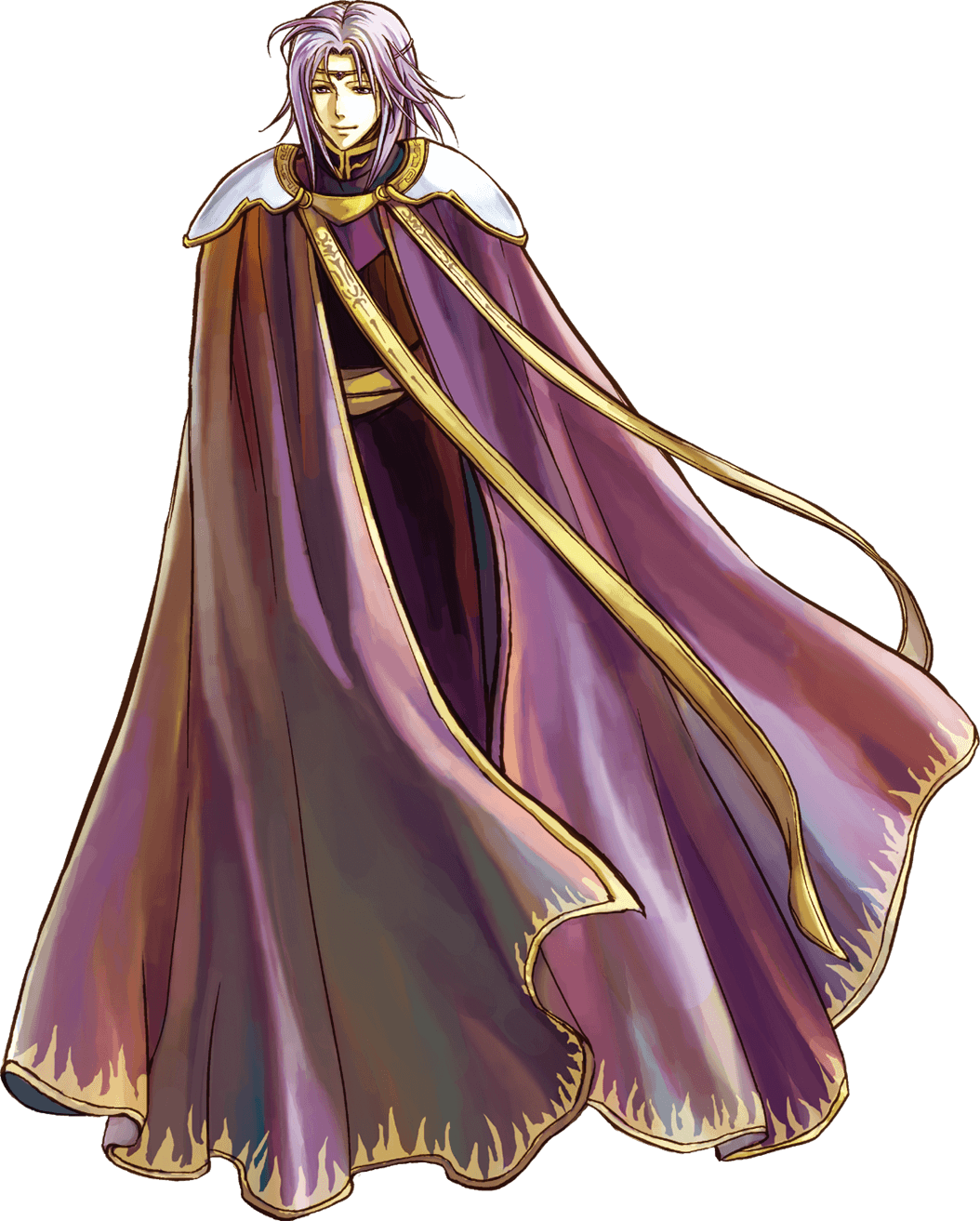

"The Might and Magic series is already so varied in terms of gameplay anyway. One thing we pride ourselves on at New World is the gameplay, and we just didn't feel like we would be able to deliver a fun experience for people with what we had at the time, so at that point a decision was made to not proceed in the original direction, and instead we decided to make a different type of game," explains Executive Producer Jeffrey Blattner. "We got to a certain checkpoint some time ago and examined what we had. The move was defended by Executive Producer Jeffrey Blattner, who said: The assignments given to the players would depend on their level and how far they had progressed.īy the beginning of 2001, however, the game had abandoned the Action/RPG elements and had become a deathmatch game, with six proposed gameplay modes, 25 maps from Might and Magic history, and the ability for weapons, skills, abilities, and equipment to carry over between games. The game would allow characters to choose one of six classes with differing proficiencies in might and magic before embarking on a quest to collect four artifacts from four worlds to defeat the deranged advisor to the king before he can alter history. With up to six players able to join up, the game was not as extensive as MMORPGs of the time, but it also included 16-player deathmatch, a random adventure generator, and a player vs. At the time, it was intended to be an Action/RPG that focused on co-operative multiplayer. Legends of Might and Magic was announced at the 2000 E3 by 3DO as the first Might and Magic game designed for online play. This was another flaw attributed to the game as players lose everything once matches end and start with only basic gear at the start of each new one, there was no long-term reward and no way for more experienced players to gauge their skill against the less experienced. Players lose these items when they die or at the end of a match, whichever comes first. By killing monsters and opening treasure chests found on the map, and also by winning rounds, players earn gold with which to buy equipment. In addition to the opposing team, hostile creatures may be present for players to fight (the host of each game decides whether or not there will be monsters). The team that kills the dragon wins the match. Slay the Dragon: Both teams battle in a map containing a fire-breathing dragon.This is nearly identical to the VIP missions in Counter-Strike. Warlord Escape: A player assumes the role of the warlord, who must be escorted by the others to safety.
:origin()/pre00/0203/th/pre/f/2013/036/9/2/extraction_point_by_gabrielwigren-d5txpm3.jpg)
This mode is similar to the hostage rescue mode in Counter-Strike. Rescue the Princess: The good team must try to save a princess who is guarded by the evil team.It is essentially a variation of one-flag Capture the flag. Sword in the Stone: Each team must attempt to gain control of the sword and reach the exit.Each map exhibits one of four game types: The evil team consists of the Heretic, Archer and Warrior, and the good team of the Paladin, Druid and Sorceress. Players pick a server, and then choose from 6 classes of either the evil team or the good team. An offline practice mode exists, but the game does not provide bots to simulate actual gameplay conditions. Gameplay in Legends is almost entirely online.


 0 kommentar(er)
0 kommentar(er)
